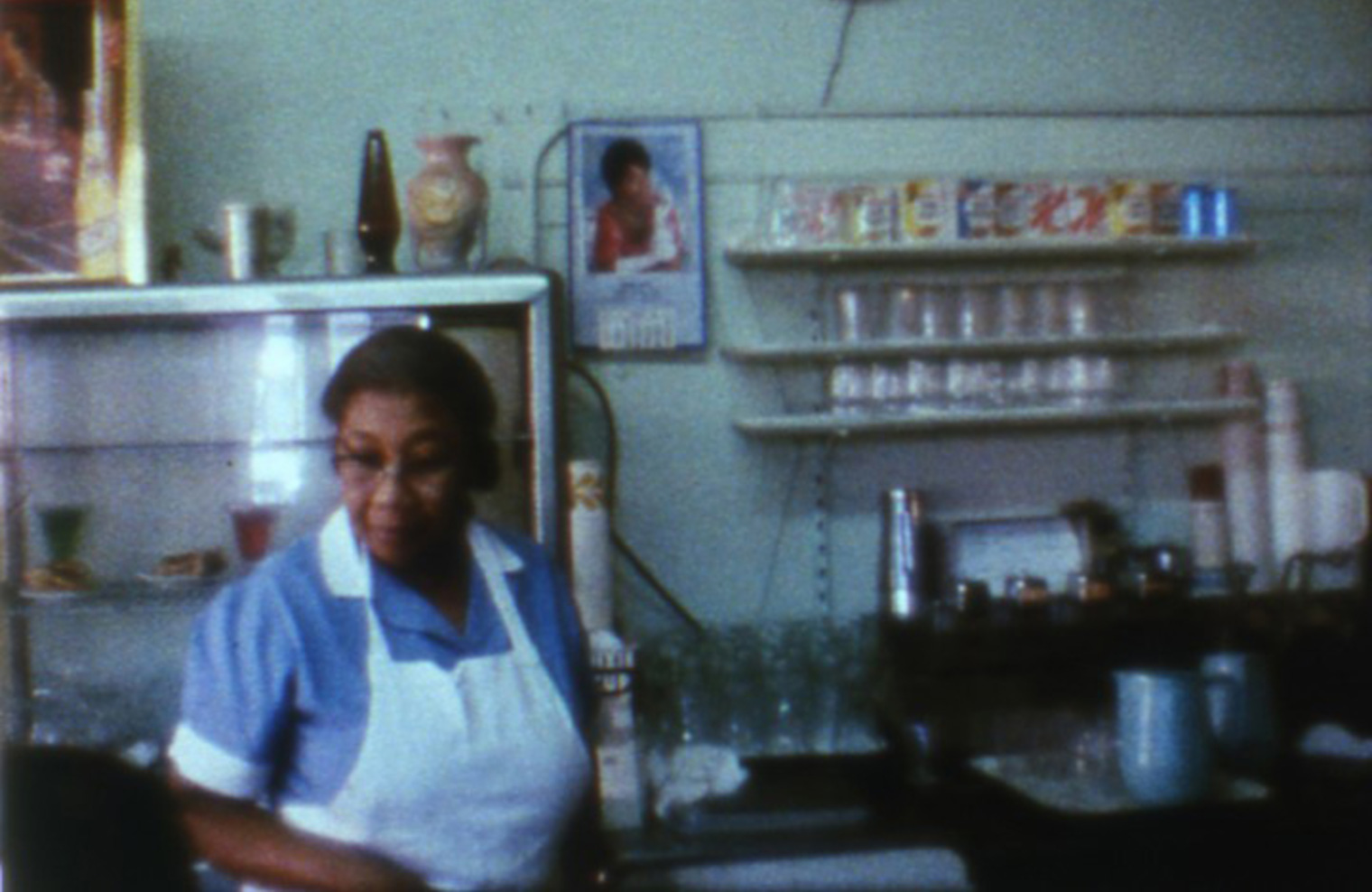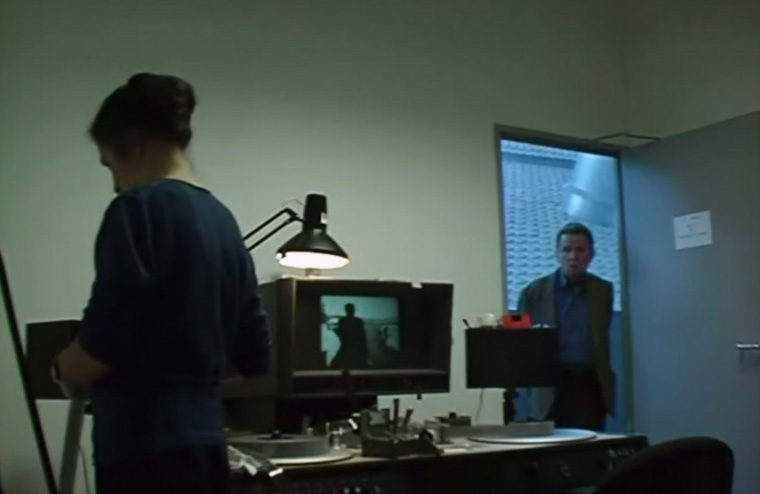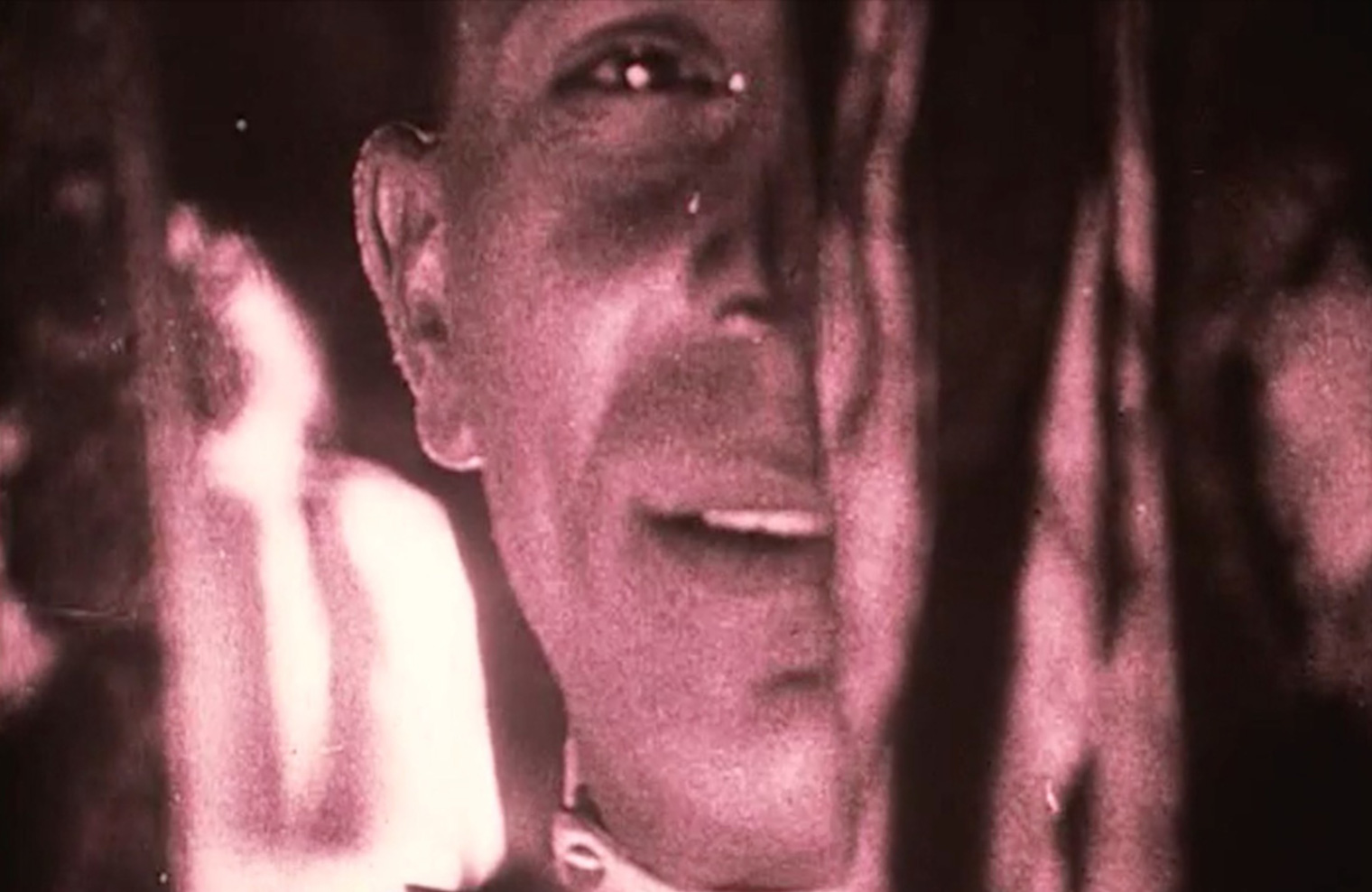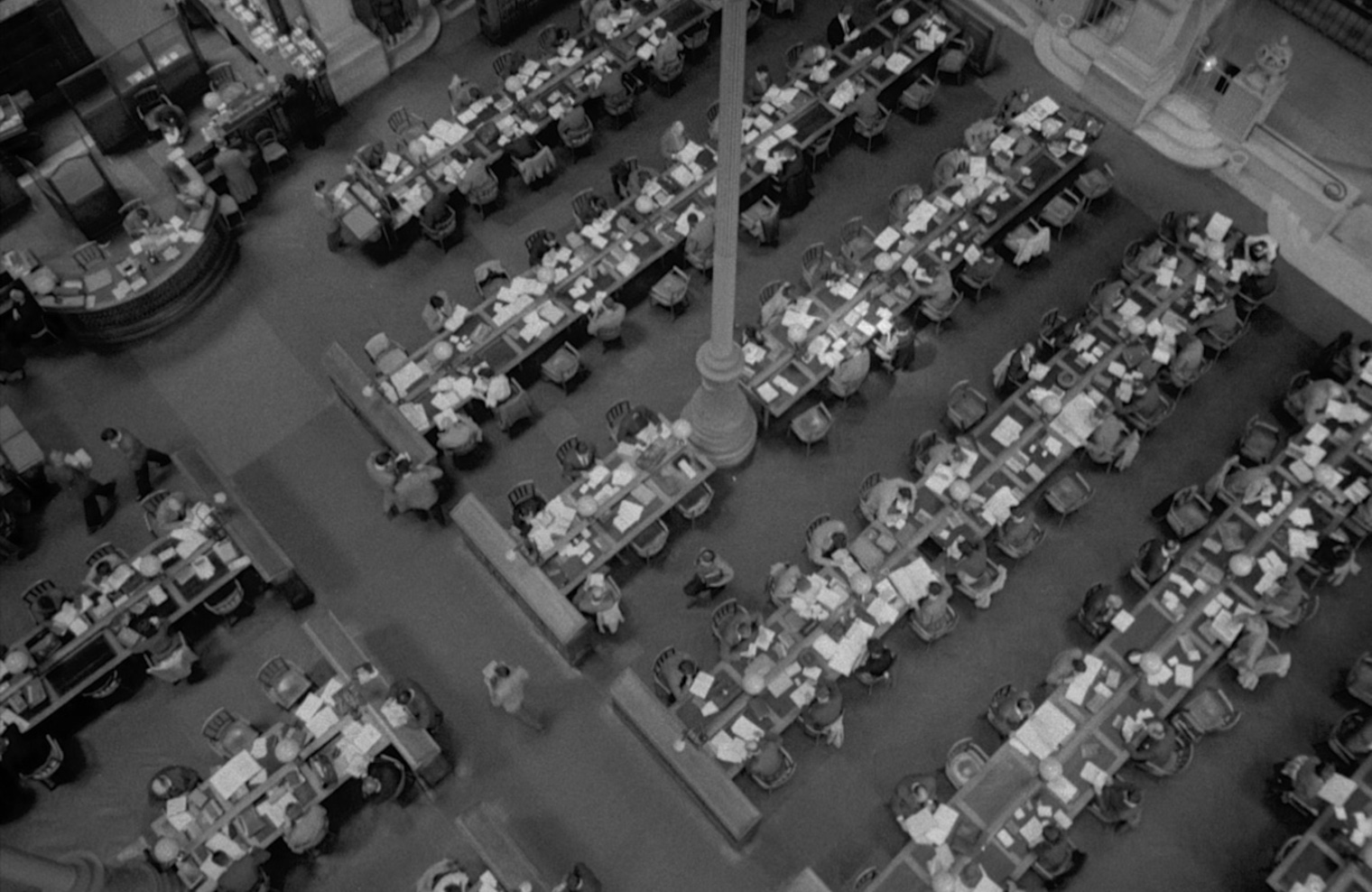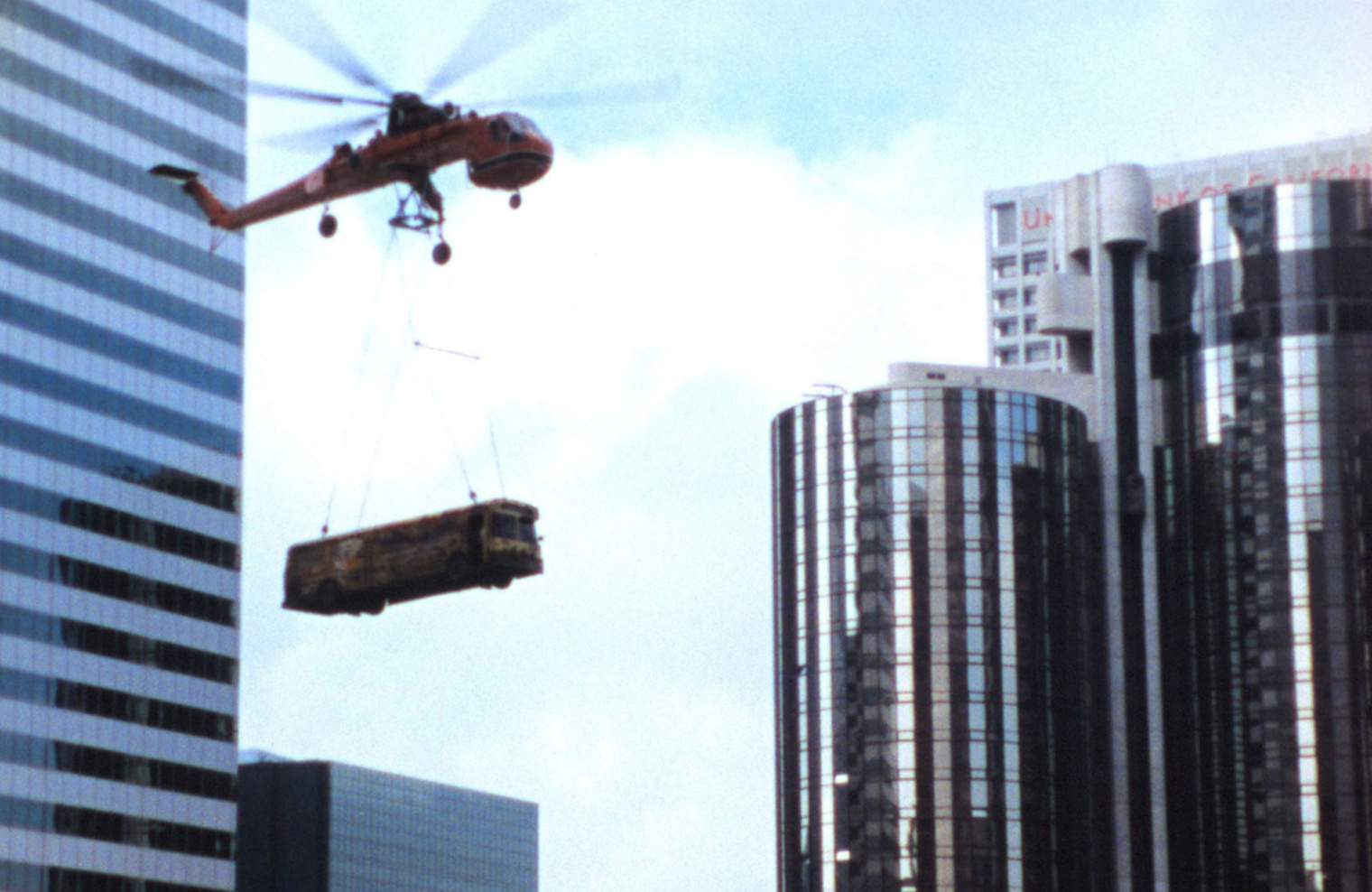Artist in focus: Thom Andersen
“Hollywood films,” says Thom Andersen, “have become formalist exercises. I guess I was once a formalist myself, so in a certain way I can appreciate that, but obviously we want more from movies than that.” In a sense, this statement nicely sums up Andersen’s walk through life. From his first “formalist” films in the 1960s to his essayist explorations of the documentary value of Hollywood fictions, the main question remains the same: how can one describe a world in cinema? How do cinematic forms not only tell stories, but also create descriptions of our actual lives?
While his first feature film, Eadweard Muybridge, Zoopraxographer (1975), paid tribute to a man who was the first not only to capture motion in pictures but also to put these pictures in motion, Red Hollywood (1996, with Noël Burch, narrated by Billy Woodberry) gave the victims of the Hollywood Blacklist their due by investigating how they were able to give form to their world views. This penchant to rekindle the history of cinematic representations by bringing out what conventionally remains in the background is even more pronounced in Andersen’s best-known film, Los Angeles Plays Itself (2003), a “city symphony in reverse” that critically explores the ways his beloved city has been depicted in movies. It suggests that, at a time when most of the fictions of mainstream cinema seem to have lost their moorings in the real world, after increasingly going astray into mindless spectacle, the descriptions they carry within them often tend to be complicit in a consensual rendering of our history – a “history written by the victors, a history written in crocodile tears”.
One of the many sources of inspiration for this marvellous study of the multiple cinematic faces of Los Angeles was the work of French philosopher Gilles Deleuze, notably his reflection on the moments when cinema, in letting us see the unbearable of our world, might wake us up to the possibility of something else. In his brand new film, The Thoughts That Once We Had, Andersen digs even deeper into Deleuze’s thinking on cinema, in order to liberate the force of the past from its celluloid entrapment, and to let it bear on our present. After all, wasn’t it Deleuze who managed to voice the question we are all struggling with today, which is: how can we regain faith in our world? And moreover, how can cinema contribute to finding this confidence that we so badly need?
In collaboration with the Birkbeck Institute for the Moving Image.
Special thanks to Ricardo Matos Cabo and Sarah Joshi.
